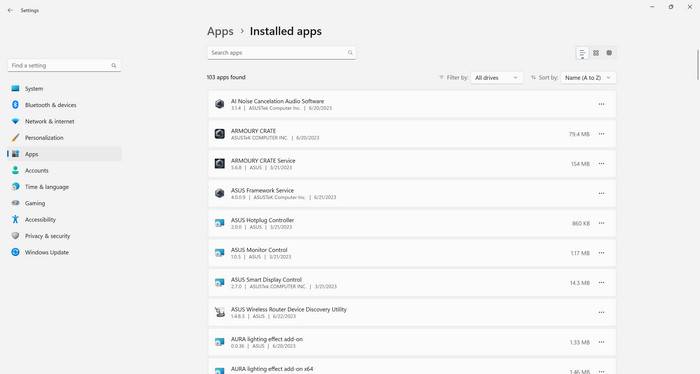When you purchase a new Dell computer, you may notice that it comes pre-installed with various software programs. One such program is Dell MusicStage, a media management application that allows you to organize and play your music, videos, and photos. While Dell MusicStage can be a useful tool for some users, others may find it unnecessary or even intrusive. In this article, we will explore what Dell MusicStage is, its features, and whether or not you should consider removing it from your Dell computer.

What is Dell MusicStage?
Dell MusicStage is a media management application developed by Dell specifically for their computers. It is designed to provide users with a convenient way to organize and enjoy their music, videos, and photos. With Dell MusicStage, you can create playlists, browse your media library, and even sync your media files with other devices.
One of the key features of Dell MusicStage is its integration with various online music services, such as Pandora and Spotify. This allows you to stream music directly from these services within the Dell MusicStage application. Additionally, Dell MusicStage supports a wide range of media file formats, ensuring compatibility with your existing media collection.
Should I Remove Dell MusicStage?
Whether or not you should remove Dell MusicStage from your Dell computer depends on your personal preferences and usage patterns. Here are a few factors to consider:
1. Personal Media Management
If you frequently listen to music, watch videos, or view photos on your computer, Dell MusicStage can be a convenient tool for organizing and accessing your media files. Its user-friendly interface and integration with online music services make it easy to create playlists and discover new music. If you find yourself using Dell MusicStage regularly and appreciate its features, there may be no need to remove it.
2. Performance Impact
Some users may be concerned about the impact Dell MusicStage has on their computer’s performance. While Dell MusicStage is not a resource-intensive application, it does run in the background and consume a small amount of system resources. If you have limited system resources or notice a decrease in performance when using Dell MusicStage, you may consider removing it to free up resources for other applications.
3. Alternative Media Players
If you prefer using a different media player or already have a preferred media management application, you may find Dell MusicStage redundant. Many popular media players, such as VLC Media Player and Windows Media Player, offer similar features and functionality. In such cases, removing Dell MusicStage can help streamline your media management workflow and avoid unnecessary duplication of software.
How to Remove Dell MusicStage
If you have decided to remove Dell MusicStage from your Dell computer, there are a few methods you can use:
1. Uninstall via Control Panel
The most straightforward way to remove Dell MusicStage is through the Control Panel on your computer. Here’s how:
- Open the Control Panel by searching for it in the Start menu.
- Click on “Uninstall a program” or “Programs and Features.”
- Locate Dell MusicStage in the list of installed programs.
- Right-click on Dell MusicStage and select “Uninstall” or “Remove.”
- Follow the on-screen prompts to complete the uninstallation process.
2. Use a Third-Party Uninstaller
If you prefer a more thorough uninstallation process, you can use a third-party uninstaller tool like Revo Uninstaller Free. These tools can help remove any leftover files and registry entries associated with Dell MusicStage, ensuring a clean uninstallation.
Conclusion
Dell MusicStage is a media management application that comes pre-installed on Dell computers. While it can be a useful tool for organizing and enjoying your media files, its presence may not be necessary for all users. If you find yourself using Dell MusicStage regularly and appreciate its features, there may be no need to remove it. However, if you prefer using a different media player or notice a performance impact on your computer, removing Dell MusicStage can help streamline your media management workflow. Remember to use the Control Panel or a third-party uninstaller tool like Revo Uninstaller Free for a clean uninstallation.
Ultimately, the decision to remove Dell MusicStage should be based on your personal preferences and usage patterns. Consider your media management needs, performance requirements, and alternative software options before making a decision. By carefully evaluating these factors, you can ensure that your Dell computer is optimized for your specific needs and preferences.










